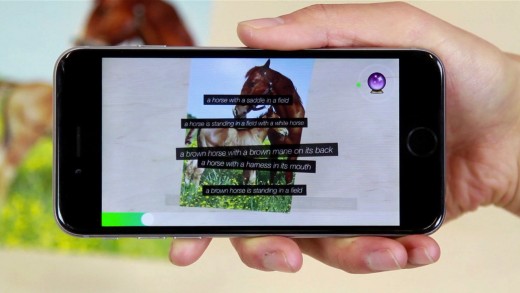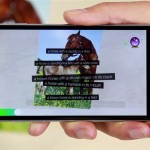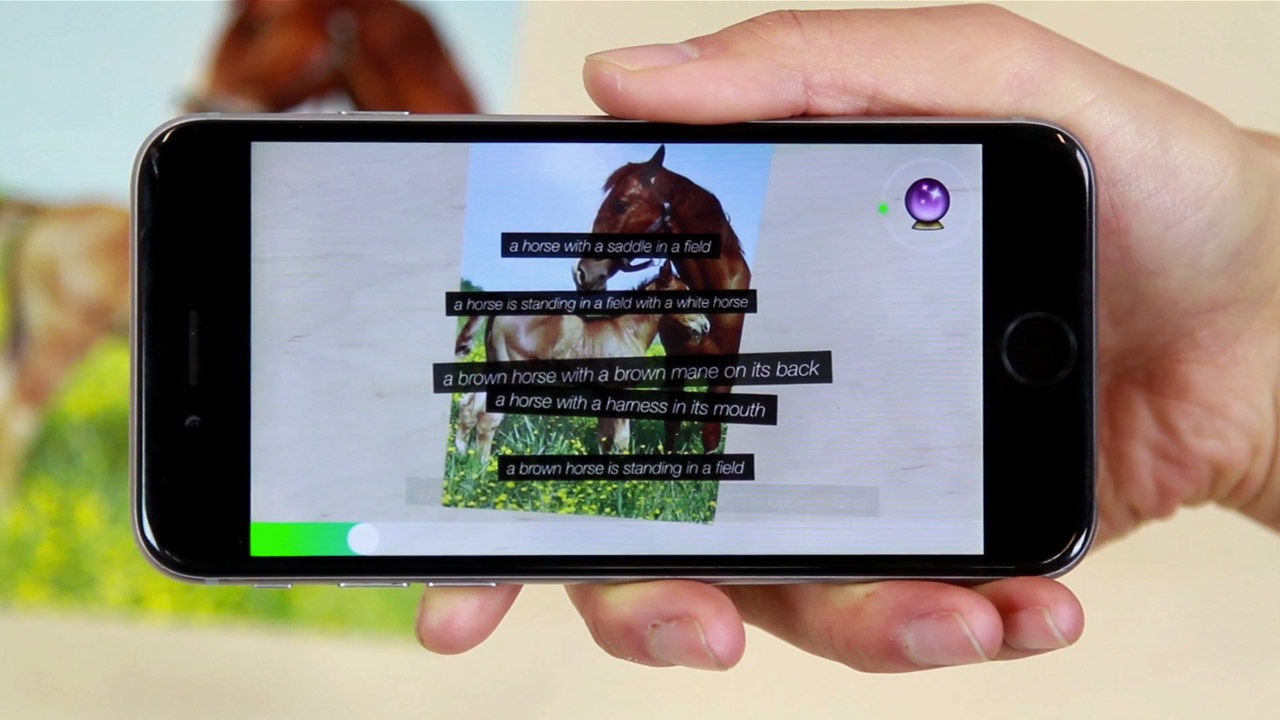Meet The App That makes use of A Neural network to explain the world
if you happen to ever wished to peer how excellent (or no longer) AI and neural networks are at competently picking out things, you must inspect a brand new iOS app known as AI Scry. The app was once developed by using an artwork and know-how studio named disk cactus (their actual title is solely an emoji of a floppy disk and a cactus plant, which gained’t convey up here) who wanted to create a very simple manner for folk to take note the issues and advantages of computer learning.
the issues with computing device learning are more evident with AI Scry than the benefits. level your iPhone at everyday objects and the app will learn back what it thinks it’s having a look at. AI Scry occasionally gets it proper, but most of the time comes again with nonsense—even supposing it’s cute nonsense.
“it could possibly inform the difference between the contents of a fridge and a park full of timber, for instance, or spot that this can be a automobile and that is a person. And from time to time, it makes imaginative leaps that appear ingenious,” notes The Verge. “At one level the app described a in particular dense and hairy-having a look bush as ‘a close-up of a garden of broccoli,’ which borders on the poetic.”
The neural community powering AI Scry is the open-sourced Neural talk, developed by means of Andrej Karpathy, a pc scientist from Stanford college. And although the app and its neural powered network is some distance from perfect, Sam Kronick, one of the vital app’s developers, tells The Verge that it’s a good way to introduce people to the sector of computing device finding out without being “too robotic.”
Kronick says that it’s essential for folks to bear in mind just what computer studying is able to, taking into consideration it is more and more used to compute credit rankings, and do much less essential issues, akin to developing Spotify playlists.
“when you set one free and unconstrained on the planet (as with AI Scry), it’s simple to look that it has a ‘thoughts’ of its personal,” Kronick advised The Verge. “[It’s] full with weird quirks and idiosyncrasies that may be traced again to the chain of humans who designed, programmed, and educated the device.”
(36)









